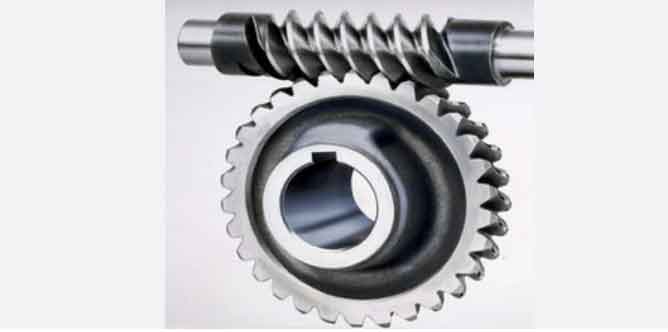
Proper lubrication is crucial for ensuring the longevity and optimal performance of worm gears. Effective lubrication reduces friction, wear, and heat generation at the gear interface, improving efficiency and reliability. Here are some best practices for worm gear lubrication:
1. Choose the Right Lubricant:
Select a high-quality lubricant specifically designed for worm gears. Look for lubricants with excellent adhesion and film-forming properties to ensure proper lubrication even under high loads and slow speeds. Consider factors such as operating temperature, load, and speed when choosing the appropriate lubricant viscosity.
2. Regular Lubricant Inspection:
Perform regular inspections of the lubricant to monitor its condition. Check for contamination, degradation, or insufficient quantity of lubricant. Regular inspections help identify potential issues early and allow for timely maintenance.
3. Proper Lubricant Application:
Ensure the correct amount of lubricant is applied to the worm gear system. Over-lubrication can lead to increased drag and power losses, while under-lubrication can cause excessive wear and premature failure.
4. Lubrication Frequency:
Establish a lubrication schedule based on the application’s operating conditions and the manufacturer’s recommendations. Factors such as operating temperature, load, and duty cycle should be considered when determining the frequency of lubrication.
5. Clean Gear Surfaces:
Before applying fresh lubricant, ensure that the gear surfaces are clean and free of contaminants. Any dirt or debris on the gear teeth can adversely affect lubrication and lead to increased wear.
6. Monitor Operating Conditions:
Regularly monitor the operating conditions of the worm gear system, including temperature, load, and speed. Any changes in these conditions may require adjustments to the lubrication schedule or type of lubricant used.
7. Lubrication System Design:
In some applications, automatic lubrication systems may be used to ensure consistent and proper lubrication. These systems can be set to deliver the right amount of lubricant at the correct intervals.
8. Grease Compatibility:
When using grease as the lubricant, ensure compatibility with the materials used in the worm gear system. Incompatible greases can cause chemical reactions that reduce the effectiveness of the lubricant.
9. Consider Operating Environment:
The operating environment can also impact lubrication effectiveness. In applications with extreme temperatures, corrosive or harsh environments, special lubricants may be required to ensure optimal performance and protection against wear.
10. Re-lubrication After Overhauls:
If the worm gear system undergoes maintenance or overhauls, make sure to re-lubricate the gears properly before putting the system back into operation.
By following these best practices for worm gear lubrication, you can enhance the longevity, efficiency, and performance of the gear system. Regular maintenance and proper lubrication contribute to reduced wear, lower operating temperatures, and smoother operation, ultimately improving the overall reliability and cost-effectiveness of the worm gear system.
